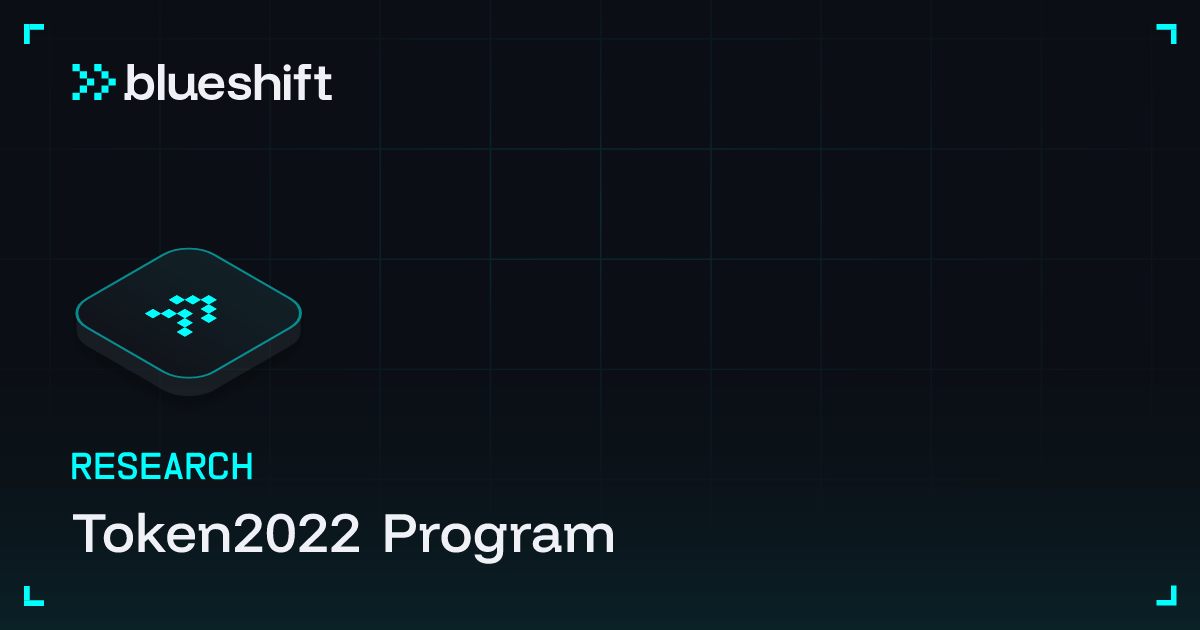The Token2022 Program

The Token2022 Program, also known as Token Extensions, is a superset of the functionality provided by the Token Program.
The Legacy Token Program serves most needs for fungible and non-fungible tokens through a simple set of agnostic interfaces and structures. However, it lacks more opinionated features and implementations that would help developers create custom behavior with a common interface, making development faster and safer.
For this exact reason, a new Token Program called Token2022 was created with a new set of features called Token Extensions. These extensions provide specific, customizable behaviors that can be attached to either the Token Account or the Mint Account.
Mint and Token Accounts
In the previous section we talked about the fact that the main difference between the Tokenkeg and Token2022 programs are Token Extensions.
To be enforceable, these extensions need to live directly inside the Mint and Token accounts, since this is the only way to ensure that the ruleset is enforced while operating directly on the token program.
For this reason, let's look at the main differences between the legacy and new token programs on these accounts.
Legacy Token Accounts
#[repr(C)]
#[derive(Clone, Copy, Debug, Default, PartialEq)]
pub struct Mint {
/// Optional authority used to mint new tokens. The mint authority may only
/// be provided during mint creation. If no mint authority is present
/// then the mint has a fixed supply and no further tokens may be
/// minted.
pub mint_authority: COption<Pubkey>,
/// Total supply of tokens.
pub supply: u64,
/// Number of base 10 digits to the right of the decimal place.
pub decimals: u8,
/// Is `true` if this structure has been initialized
pub is_initialized: bool,
/// Optional authority to freeze token accounts.
pub freeze_authority: COption<Pubkey>,
}
#[repr(C)]
#[derive(Clone, Copy, Debug, Default, PartialEq)]
pub struct Account {
/// The mint associated with this account
pub mint: Pubkey,
/// The owner of this account.
pub owner: Pubkey,
/// The amount of tokens this account holds.
pub amount: u64,
/// If `delegate` is `Some` then `delegated_amount` represents
/// the amount authorized by the delegate
pub delegate: COption<Pubkey>,
/// The account's state
pub state: AccountState,
/// If `is_native.is_some`, this is a native token, and the value logs the
/// rent-exempt reserve. An Account is required to be rent-exempt, so
/// the value is used by the Processor to ensure that wrapped SOL
/// accounts do not drop below this threshold.
pub is_native: COption<u64>,
/// The amount delegated
pub delegated_amount: u64,
/// Optional authority to close the account.
pub close_authority: COption<Pubkey>,
}As you can see, for these accounts there is no written discriminator. This is because the fields are all of fixed length and the difference in space is great enough to discriminate between these different types of accounts by just comparing their different lengths.
The problem with the Token Extension Program is that any extra data needed for the extension is tagged at the end of the Mint and Token accounts that we're familiar with.
This means that discrimination by length would fall short because we could have a Mint with 3-4 extensions attached to it that surpasses the length of the Token Account. For this reason, when Mint and Token accounts have extensions, a discriminator gets added to them like this:
#[repr(C)]
#[derive(Clone, Copy, Debug, Default, PartialEq)]
pub struct Mint {
/// Legacy Token Program data
/// ...
/// Padding (83 empty bytes)
pub padding: [u8; 83]
/// Discriminator (1)
pub discriminator: u8
/// Extensions data
/// ...
}
#[repr(C)]
#[derive(Clone, Copy, Debug, Default, PartialEq)]
pub struct Account {
/// Legacy Token Program data
/// ...
/// Discriminator (2)
pub discriminator: u8
/// Extensions data
/// ...
}To maintain the legacy struct, the discriminator doesn't live in the first byte like usual, but lives at byte 166.
This is because the Token account length is 165 bytes, meaning that the discriminator gets added after the base length. For the Mint account, this means we had to add 83 bytes of padding to ensure that the two accounts have the same base length.
So to discriminate between the two accounts, we just need to check the 166th byte (data[165] if you count from 0) and move accordingly.
Token Extensions
In the next section we're going to talk about the merits and the different Token Extensions that are currently present on Solana, but in this introductory paragraph we're just going to talk about how they get serialized and added to the two state accounts that we talked about before.
Each extension has a discriminator that gets saved with the size of that extension directly on the account. We'll call this the "header" of the extension and it looks like this:
pub struct ExtensionHeader {
/// Extension Discriminator
pub discriminator: u16
/// Length of the Disriminator
pub length: u16
}This makes it extremely easy to know what extensions are on the token and deserialize the data only of the ones that we need, because we can grab the discriminator and then jump to the next extension to check what is there or not.